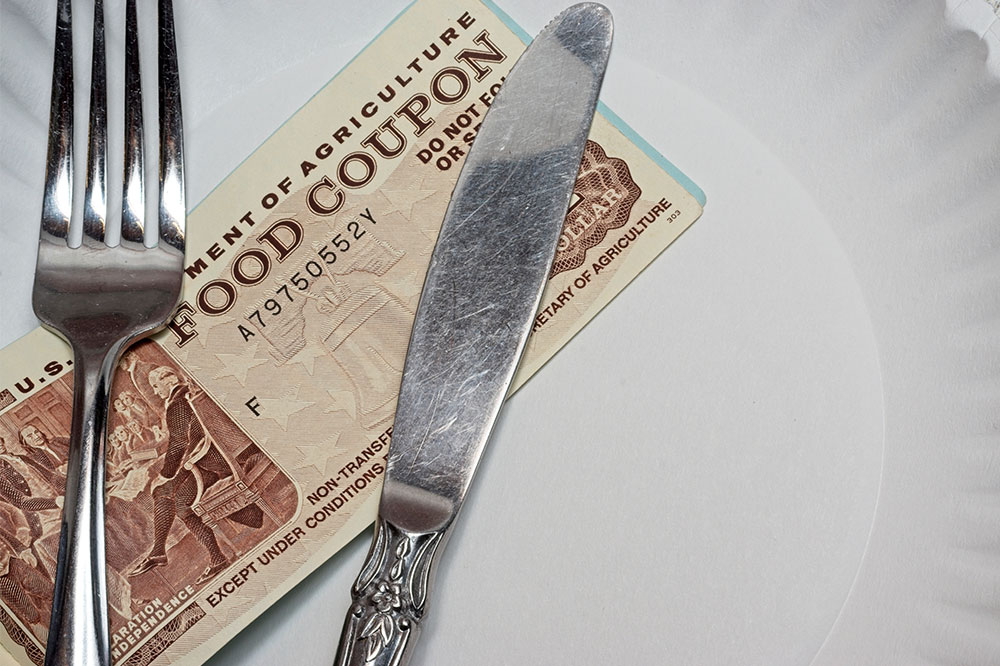Comprehensive Overview of SNAP Food Assistance Program
This comprehensive guide explains SNAP, America's main food assistance program. It covers eligibility, application steps, benefit calculations, and restrictions, emphasizing its role in reducing hunger, stimulating economies, and improving health among low-income populations. Clear insights help individuals navigate the process and dispel common misconceptions about SNAP's effectiveness and integrity.
Sponsored

The Supplemental Nutrition Assistance Program (SNAP) stands as the primary federal initiative in the U.S. dedicated to supporting low-income individuals and households with food purchases. Often called food stamps, SNAP plays a vital role in reducing hunger, promoting better nutrition, and enhancing well-being for millions. This article covers everything from eligibility and application steps to benefits and restrictions, offering a complete guide for prospective participants.
What is SNAP?
Managed by the U.S. Department of Agriculture (USDA), SNAP provides nutrition support by issuing benefits on an Electronic Benefit Transfer (EBT) card, functioning like a debit card. These benefits are used to buy food from authorized vendors.
Eligibility Requirements
Qualification depends on income, household size, resources, and other factors. Key criteria include:
1. Income Limits
Applicants must satisfy both gross and net income tests. Gross income, before deductions, should be at or below 130% of the Federal Poverty Level (FPL), while net income, after allowable deductions, must be at or below 100% FPL.
2. Asset Limits
Households are typically allowed resources up to $2,250. For households with elderly or disabled members, the limit is $3,500.
3. Work Requirements
Most able-bodied adults aged 18-49 without dependents must work at least 20 hours weekly or participate in approved work programs to continue receiving benefits beyond three months.
4. Citizenship and Residency
Applicants must be U.S. citizens or eligible non-citizens residing in the state where they apply.
How to Apply for SNAP
Steps include:
1. Collect necessary documents like ID, proof of income and expenses, residency, and Social Security numbers.
2. Complete the application online, in person, or by mail, according to state processes.
3. Attend an interview, either by phone or in person, to verify eligibility.
4. If approved, receive an EBT card with instructions for use.
Food Purchases and Limitations
SNP benefits can be used for food items such as dairy, bread, fruits, vegetables, meat, fish, poultry, and seed or plants to grow food.
Restricted items include alcohol, tobacco, non-food goods, vitamins, supplements, and hot foods.
Calculating Benefits
Benefits are based on USDA's Thrifty Food Plan, considering household size, income, and expenses, providing a minimal nutritious diet.
SNAP's Impact
By alleviating hunger, boosting local economies, and improving health, SNAP remains vital for vulnerable populations. It ensures nutritious food access, stimulates economic activity, and promotes public health.
Common myths include claims of widespread fraud and work disincentives. However, strict monitoring and most beneficiaries' inability to work—such as children, elderly, or disabled—disprove these misconceptions.
In summary, SNAP is a crucial social safety net that fights hunger, supports health, and enhances community well-being. Understanding eligibility, application procedures, and benefits enables better access and advocacy for this essential program.





